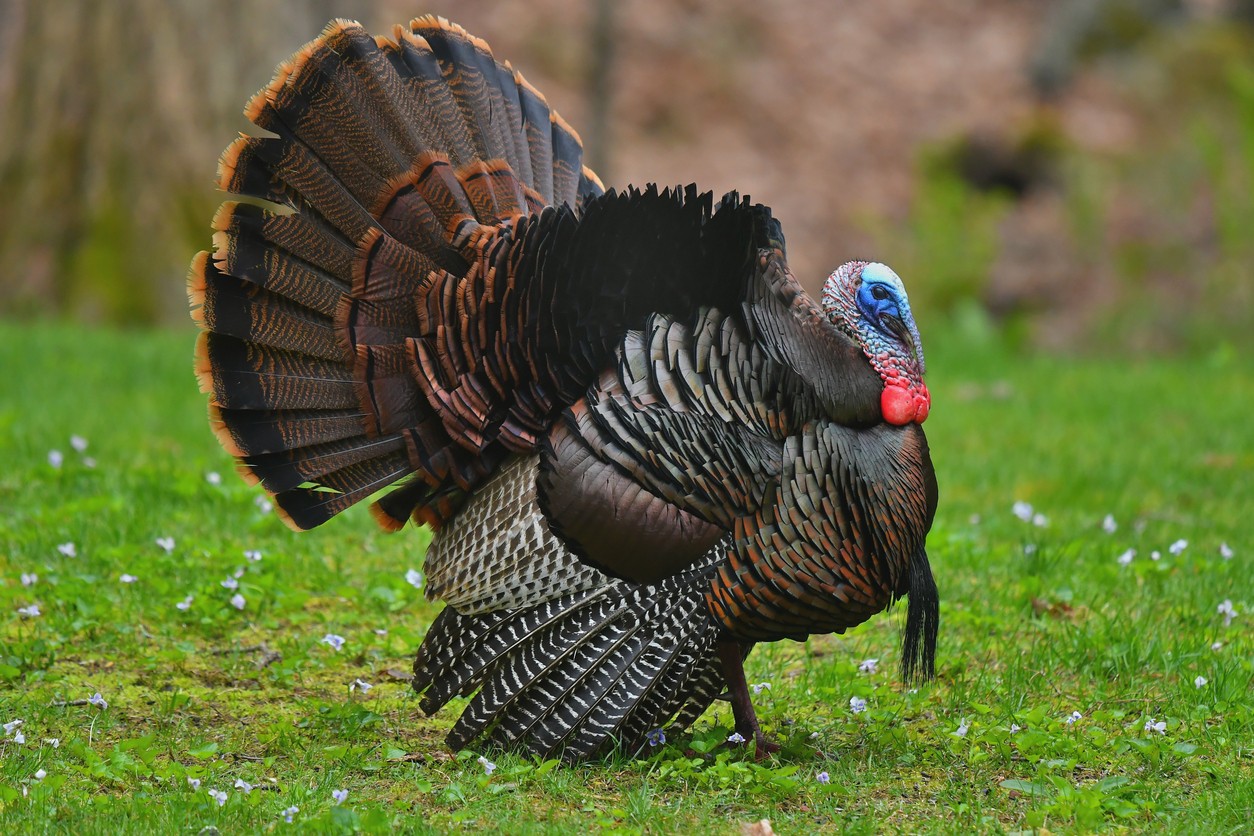Wild Turkey
A species of Turkeys, Also known as Thanksgiving Dinner, Turkey Scientific name : Meleagris gallopavo Genus : Turkeys
Wild Turkey, A species of Turkeys
Also known as:
Thanksgiving Dinner, Turkey
Scientific name: Meleagris gallopavo
Genus: Turkeys
Content
Description People often ask General Info

Description
The wild Turkey and the Domestic turkey are actually the same species, but while domesticated turkeys are usually bred to be white in color, the wild ones are brown and black. Although it's a heavy, ground-dwelling bird, its wings are quite powerful in short bursts, allowing the wild Turkey to reach speeds up to 60 miles per hour. Formerly widespread across North America, the species now inhabits only scattered areas due to over-hunting and habitat destruction.
People often ask
General Info
Lifespan
1.3-13 years
Behavior
Wild Turkey display a variety of daily behaviors, including walking as their primary mode of transportation, with the capability to run and fly when endangered, females typically taking flight and males opting to run. At dusk, they seek refuge in trees, progressively ascending to higher roosts, where they may convene in flocks or roost alone. Their interaction during mating involves males gobbling to attract females and deter rivals, and engaging in an elaborate strut with fanned tails and nonvocal sounds. The breeding process sees males mating with numerous females and forming male-only groups subsequently, as females manage chick care. Offspring cohorts often merge, forming substantial juvenile flocks under the supervision of several adult females. Hierarchies are evident, with females maintaining a consistent pecking order and males experiencing a fluid status hierarchy. Various predators, including both wildlife and humans, threaten wild Turkey, necessitating vigilant anti-predator tactics.

